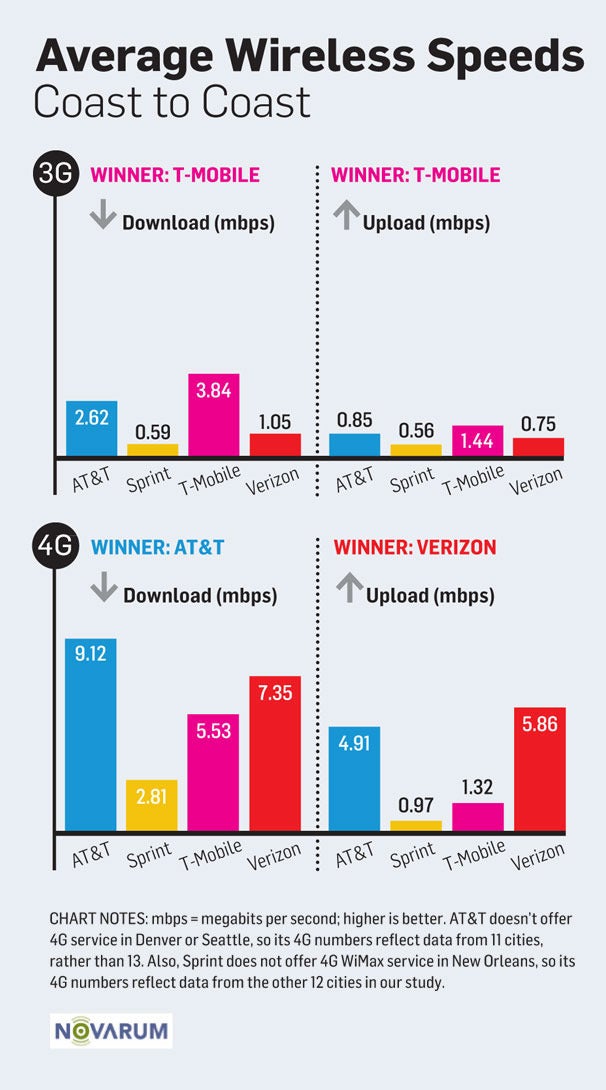
PC World’s 2012 test results, click for the full article.
The Federal Communications Commission is set to vote later this week on a plan to transition its lifeline program from voice-only service to a combination of voice and broadband. The program gives a subsidy to service providers – $9.25 per month – so they can offer discounted packages to low income households.
The FCC won’t let the public know the details of the plan until after its been approved. Instead, chairman Tom Wheeler released a two page press release touting the benefits of the 150 page plan. Those benefits include minimum 10 Mbps download and 1 Mbps upload speeds for subsidised wireline (and fixed wireless) service plans, but no performance standards for mobile companies. The only nod in that direction is a requirement that subsidised mobile service be “3G data”.
In other words, slow broadband is all the FCC thinks low income homes need. The minimum download speed in the 3G spec is 144 Kbps, which was enough to handle most mobile data needs when it was introduced in 2003. In other words, before smart phones, tablets, YouTube, Facebook and pretty much everything else that now drives mobile data traffic was invented. It’s possible to get better performance, but actual 3G speeds lag far behind 4G service, which was developed because of everything that’s happened since 2003.
With actual performance still in the kilobit or, at best, low megabit range, 3G service is good enough for checking email or messaging on a smart phone, but it’s nowhere near sufficient to support the needs of an entire household, particularly one with kids who need Internet access, and useable devices, for homework and other educational needs. The 10 down/1 up wireline standard is bad enough. Rolling over for mobile lobbyists and locking people into even lower speeds will only serve to lock them into lower incomes as well.
